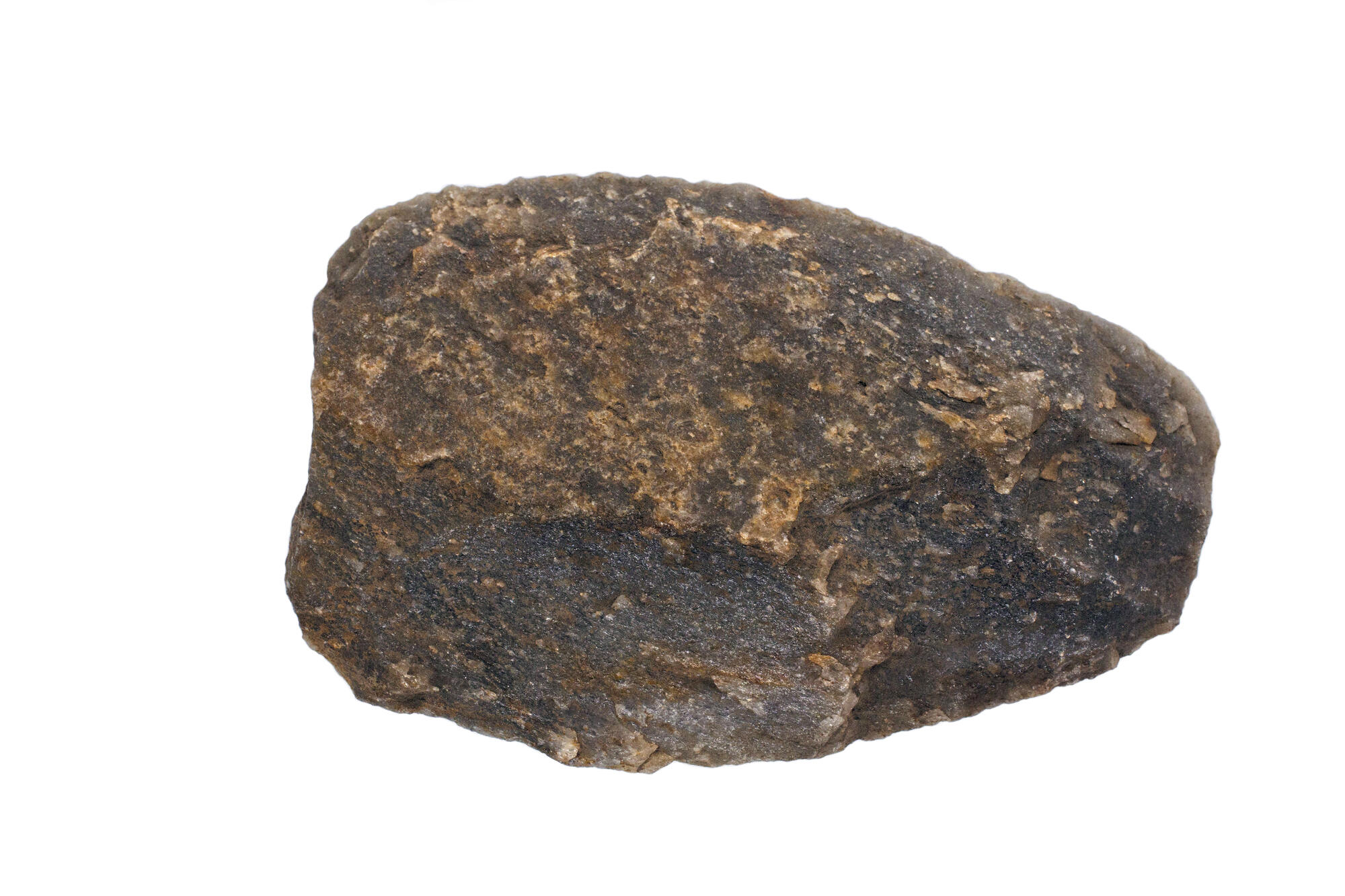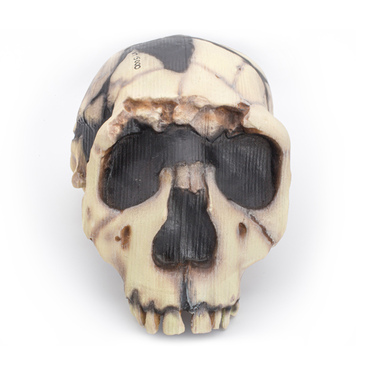: Biface is an ancient tool. Its name comes from the French word ‘biface’ which means ‘double-sided’. The tool resembled a sharp flat knife. It was a piece of stone, treated on both sides. The shape and the size, as well as the material of the biface could differ. But the main feature remained unchanged: its edges were treated using a special technique.
First, the edges were knapped — the future tool was hit against a denser surface. And then the retouching was used: thin flakes were removed from the stone surface with the help of bone, wooden or stone tools.
Scientists have not established exactly how the stone tools were used in the Paleolithic era, 3 million-12 thousand years BC. Archaeologists suggest that they served as hand axes: probably, they were used to dig out plant roots and cut leaves and stems.
Irkutsk archaeologist Herman Medvedev argued that it is easier to study how an object was created than for what purpose it was made:
First, the edges were knapped — the future tool was hit against a denser surface. And then the retouching was used: thin flakes were removed from the stone surface with the help of bone, wooden or stone tools.
Scientists have not established exactly how the stone tools were used in the Paleolithic era, 3 million-12 thousand years BC. Archaeologists suggest that they served as hand axes: probably, they were used to dig out plant roots and cut leaves and stems.
Irkutsk archaeologist Herman Medvedev argued that it is easier to study how an object was created than for what purpose it was made:



